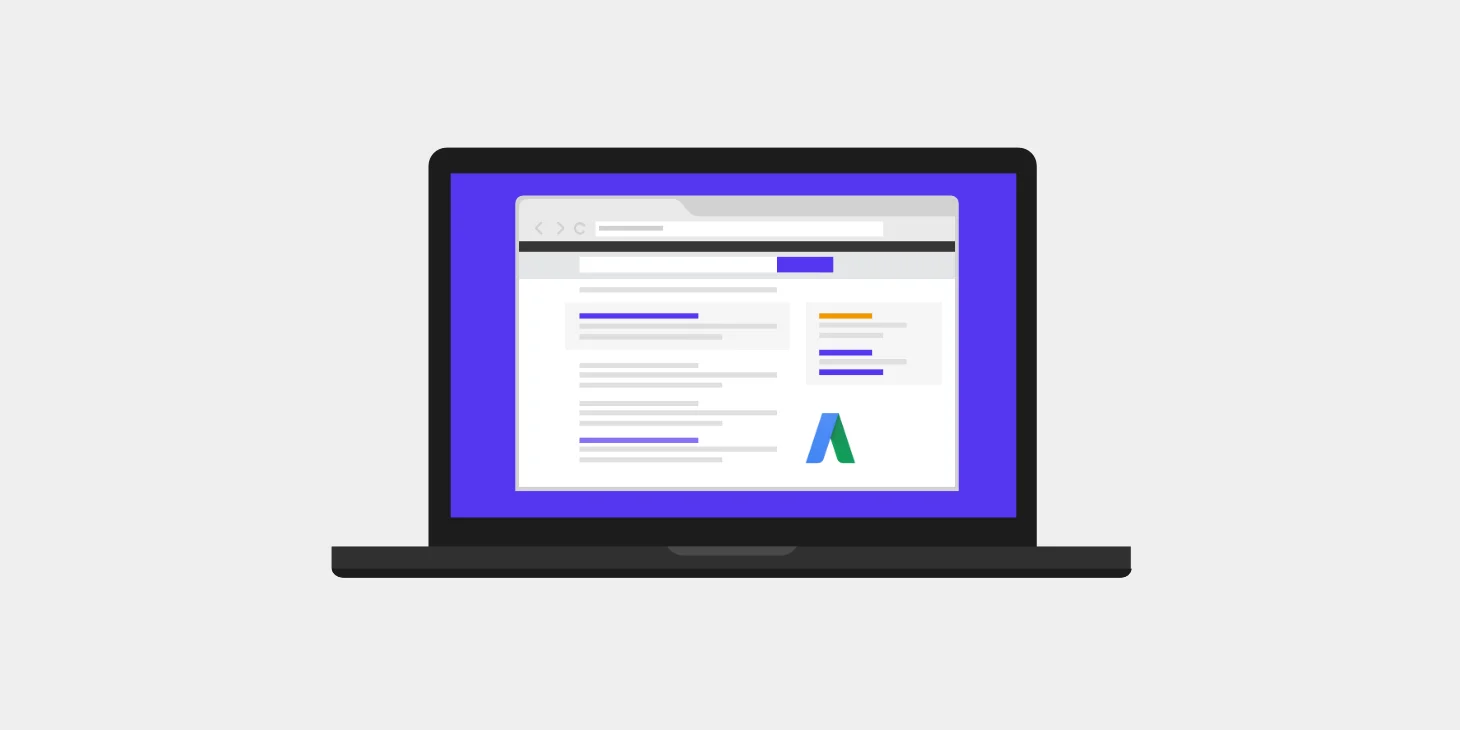Are you wondering how to place banner ads on your website to increase your revenue? Look no further! In this blog post, we’ll cover everything you need to know to start placing banner ads on your website like a pro.

What are Banner Ads?
Banner ads are a type of digital advertising that uses images or multimedia elements to promote a product, service, or brand. They are usually placed in prominent locations on a website to attract the attention of visitors.
Why Place Banner Ads on Your Website?
Placing banner ads on your website can help you monetize your content and generate revenue. Advertisers pay to display their ads on your site, and you earn a commission each time someone clicks on an ad or makes a purchase through it.
How to Place Banner Ads on Your Website
Follow these simple steps to start placing banner ads on your website:
-
Choose an Ad Network
To place banner ads on your website, you need to work with an ad network. Ad networks connect publishers (website owners) with advertisers (companies looking to promote their products or services).
There are many ad networks to choose from, including Google AdSense, Media.net, and Amazon Advertising. Research and compare different ad networks to find the one that best suits your needs.
-
Create Ad Units
Once you’ve chosen an ad network, you’ll need to create ad units. Ad units are the spaces on your website where ads will be displayed. You can choose the size, format, and style of your ad units to match the look and feel of your website.
Most ad networks provide tools to create ad units, or you can hire a designer to create custom ad units for you. Make sure to follow the ad network’s guidelines when creating ad units to ensure they comply with their policies.
-
Place Ad Units on Your Website
Now that you’ve created your ad units, it’s time to place them on your website. You can place ad units in various locations, including the header, sidebar, and footer of your website.
Make sure to choose locations that are visible to your visitors without being too intrusive. You don’t want your ads to interfere with the user experience of your website.
-
Optimize Ad Performance
To maximize your revenue from banner ads, you’ll need to optimize their performance. This involves testing different ad sizes, formats, and locations to see which ones perform best.
Most ad networks provide tools to track and analyze ad performance. Use these tools to identify which ad units are generating the most clicks and revenue, and adjust your strategy accordingly.
-
Monitor Ad Quality
It’s important to monitor the quality of the ads displayed on your website. Make sure the ads are relevant to your audience and don’t contain any inappropriate content.
Most ad networks have policies in place to ensure the quality of their ads, but it’s still a good idea to check the ads displayed on your website regularly.
Conclusion
Placing banner ads on your website can be a great way to generate revenue and monetize your content. By following the steps outlined in this post, you can start placing banner ads on your website like a pro.
Remember to choose an ad network that best suits your needs, create ad units that comply with their policies, and optimize their performance to maximize your revenue. Don’t forget to monitor the quality of the ads displayed on your website to ensure they align with your values and those of your audience.
